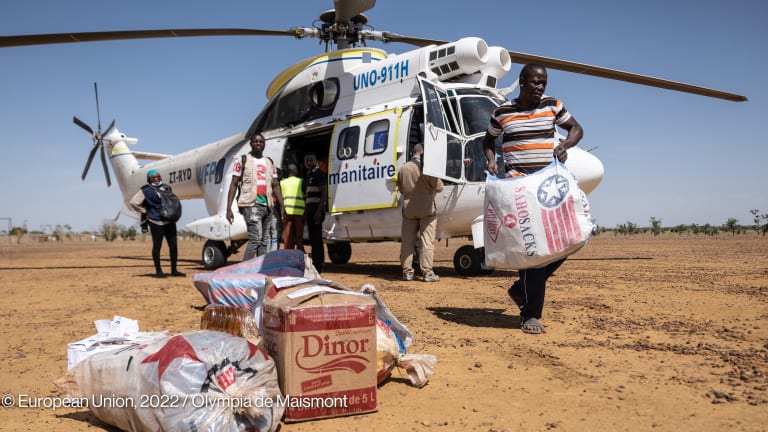TAYAR ISLAND, South Sudan — Kiden Loice steps into the narrow canoe, careful not to rock the boat and fall into the murky swamp below. Slowly inching toward the bow, Oxfam’s emergency response team leader takes a seat before the rest of her crew settles in and braces for the journey ahead. Two and a half hours of navigating muddy waters in a rickety coconut tree canoe awaits.
This is Loice’s second trip in less than a week to Tayar Island in South Sudan’s Unity State — the epicenter for the region’s most recent cholera outbreak.
What used to be a trading site and home to just a few hundred people, Tayar Island has become a refuge to more than 2,300 internally displaced South Sudanese who have fled their homes during the country’s three-year civil war. Without toilets or access to clean water, people defecate where they bathe and use the same soiled waters to cook. The actions have resulted in an extremely rare dry season cholera epidemic.








